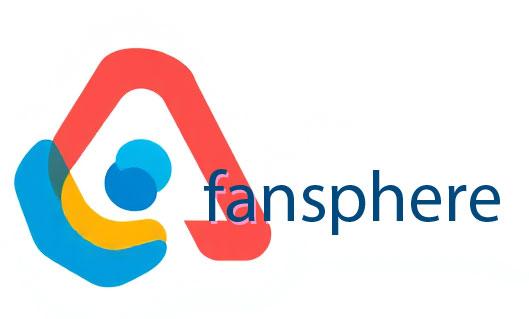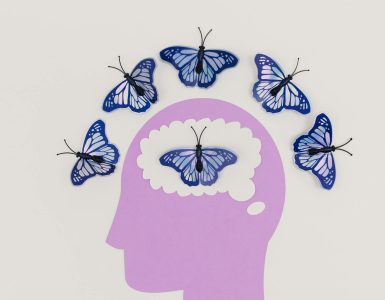Ever wondered why you suddenly crave chocolate after a stressful day? Or why you’re drawn to people who subtly remind you of someone from your past? Human behavior is a fascinatingly messy tapestry woven from conscious choices, unconscious biases, and a whole lot of unexpected threads. Psychology helps us unravel these threads, revealing hidden patterns in how we think, feel, and act. Let’s delve into some surprising insights.
Le pouvoir de l'amorçage : Votre subconscient en pilotage automatique
Think of your mind as a vast, dimly lit attic. You know what’s roughly in there, but you’re not actively cataloging every item. Priming is like shining a flashlight on a specific area, subtly influencing your actions without you even realizing it. For example, studies have shown that merely exposing people to words related to aging (e.g., “wrinkle,” “forgetful”) can temporarily slow down their walking speed!
A classic experiment involved participants completing word puzzles. One group was given words associated with politeness, while another group got words associated with rudeness. Later, when given the chance to interrupt a researcher, the “rudeness” primed group was significantly more likely to do so. Subtle cues, unseen and unheard, shape our behavior in profound ways.
The Halo Effect: Beauty’s Unexpected Influence
We’ve all met someone attractive and instantly assumed they’re also kind, intelligent, and successful. This is the halo effect: a positive impression in one area (like appearance) spills over to influence our judgments in other, unrelated areas. It’s a cognitive shortcut that saves mental energy, but it can also lead to unfair biases.
Consider job interviews. A candidate with a charming smile and confident posture might be perceived as more competent, even if their qualifications are less impressive than a less attractive but equally qualified applicant. The halo effect reminds us that first impressions, while often powerful, are not always accurate.
Cognitive Dissonance: When Beliefs and Actions Clash
Imagine you’ve spent a fortune on a new car, only to discover a series of annoying flaws. Instead of admitting you made a mistake, you might start rationalizing your purchase, focusing on its positive aspects and downplaying the negatives. This is cognitive dissonance: the mental discomfort of holding conflicting beliefs or values. To reduce this discomfort, we often change our beliefs to align with our actions (or vice versa).
Classic experiments have demonstrated this. Participants who underwent a boring and tedious task were paid either a small or a large sum to lie to others and say the task was enjoyable. Those paid a small amount subsequently rated the task as more enjoyable than those paid a large sum. Why? A small reward didn’t justify lying, so to reduce their cognitive dissonance, they changed their belief about the task’s enjoyment.
The Bystander Effect: The Diffusion of Responsibility
Tragically, the more people who witness an emergency, the less likely any single person is to help. This is the bystander effect. The responsibility to act gets “diffused” among the crowd, with each individual thinking someone else will intervene. The famous Kitty Genovese murder, though its details have been debated, tragically illustrates this phenomenon.
Experiments have replicated this effect in controlled settings. Participants were more likely to help a person in distress when they were alone than when others were present. Understanding the bystander effect is crucial for promoting prosocial behavior and encouraging people to take action when they witness an emergency.
Confirmation Bias: Seeing What We Want to See
Confirmation bias is our tendency to favor information that confirms our pre-existing beliefs and ignore information that contradicts them. It’s like wearing blinders, selectively focusing on evidence that supports our worldview. This bias is powerful and pervasive, affecting everything from political opinions to medical decisions.
Consider someone who believes climate change is a hoax. They might selectively seek out and share articles and videos that support this belief, while dismissing or ignoring scientific evidence that points to the contrary. Confirmation bias makes it difficult to engage in objective reasoning and can lead to entrenched disagreements.
Le pouvoir du cadrage : comment les mots façonnent nos choix
The way information is presented – its framing – can dramatically influence our choices. For example, a product advertised as “90% fat-free” is perceived more favorably than one described as “10% fat,” even though both statements are factually equivalent. Framing subtly manipulates our perceptions and decision-making, often without us even realizing it.
This is used extensively in marketing and politics. A politician might frame a tax cut as a benefit for working families or as a giveaway to the wealthy, depending on their target audience. The same policy can be viewed very differently depending on its framing.
Understanding these psychological principles doesn’t just make for interesting conversation; it equips us with a deeper understanding of ourselves and others. It allows us to navigate social interactions more effectively, make better decisions, and become more aware of our own biases. The human puzzle is complex, but by unraveling its threads, we can gain valuable insights into the intricate workings of our minds and the fascinating world of human behavior. Le zoo humain : Des idées inattendues sur le comportement quotidien

























Ajouter un commentaire